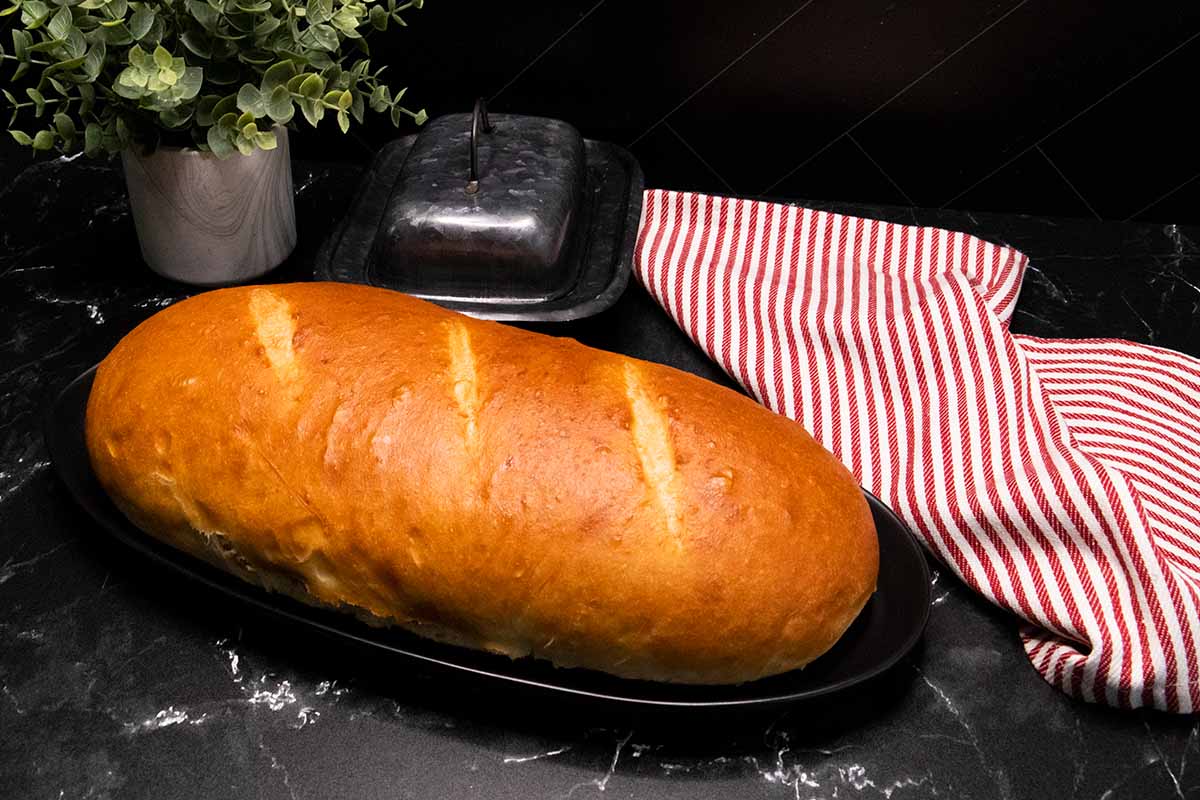

Articles
How To Store Italian Bread
Modified: August 19, 2024
Looking for tips on how to store Italian bread? Check out our informative articles to learn the best methods for keeping your bread fresh and delicious.
(Many of the links in this article redirect to a specific reviewed product. Your purchase of these products through affiliate links helps to generate commission for Storables.com, at no extra cost. Learn more)
Introduction
Italian bread is known for its delicious crust, soft interior, and aromatic flavor. Whether you’ve just bought a fresh loaf from your favorite bakery or have some leftovers from a homemade Italian feast, knowing how to properly store Italian bread is crucial to maintain its quality and prevent it from going stale quickly.
In this article, we will walk you through the various methods of storing Italian bread to ensure its freshness and flavor for as long as possible. We’ll cover the different storage options, including room temperature storage, refrigeration, and freezing, as well as provide tips on how to preserve its freshness and culinary uses for stale bread. So let’s get started!
Key Takeaways:
- Properly storing Italian bread is crucial for maintaining its delicious flavor and texture. Choose the right bread, store at room temperature for short-term use, refrigerate for up to a week, or freeze for long-term storage.
- Don’t let stale Italian bread go to waste! Repurpose it into breadcrumbs, croutons, French toast, bread pudding, or a panzanella salad. Properly store bread crumbs to maintain their freshness and flavor.
Read more: How To Store Italian Meringue
Choosing the Right Bread
When it comes to storing Italian bread, it is important to start with the right type of bread. Look for loaves that have a crusty exterior and soft, chewy interior. Italian bread typically has a hard crust that protects the bread’s structure and moisture.
Avoid bread that feels too soft or has a thin crust, as these may not store well and can become stale quickly. Opt for bread that’s freshly baked or purchased from a reputable bakery to ensure the best quality and flavor.
Additionally, consider the purpose of the bread. If you plan to use it for sandwiches or toast, choose a loaf with a finer crumb. If you’re looking for a bread to soak up sauce or enjoy with a hearty stew, a loaf with a more open crumb will work well.
By starting with the right bread, you’ll be setting yourself up for success when it comes to storing it properly and preserving its freshness.
Room Temperature Storage
One of the simplest and most common methods of storing Italian bread is at room temperature. This method is ideal if you plan to consume the bread within a day or two.
To store Italian bread at room temperature, follow these steps:
- Leave the bread in its original packaging or transfer it to a paper bag. Avoid using plastic bags, as they can trap moisture and promote mold growth.
- Store the bread in a cool, dry place away from direct sunlight and heat sources like the stove or oven.
- If you cut into the bread, use a bread box or a bread bag to prevent it from drying out quickly. Alternatively, you can wrap the cut end tightly in aluminum foil.
When stored properly, Italian bread can stay fresh at room temperature for up to two days. However, please note that as time passes, the bread will become drier and lose some of its freshness.
If you find yourself with a loaf of Italian bread that won’t be consumed within a couple of days, it’s best to consider alternative storage methods to preserve its quality.
Refrigeration
Refrigeration is another option for storing Italian bread, especially if you want to extend its shelf life beyond a few days. However, it’s essential to note that refrigeration can cause the bread to dry out more quickly.
To refrigerate Italian bread, follow these steps:
- Wrap the bread tightly in plastic wrap or place it in a sealable plastic bag. This will help retain moisture and prevent the bread from absorbing fridge odors.
- Place the wrapped bread in the refrigerator, preferably in an area where it won’t get squished or crushed by other items.
Refrigerated Italian bread can stay fresh for up to a week, but it may start to lose its texture and flavor after a few days. Therefore, it’s best to consume refrigerated bread as soon as possible.
When you’re ready to eat the refrigerated bread, bring it to room temperature before serving. You can achieve this by removing it from the refrigerator and letting it sit at room temperature for about 30 minutes.
While refrigeration can help prolong the shelf life of Italian bread, it’s generally recommended to consume it within a few days for the best taste and texture.
Freezing Italian Bread
If you have a surplus of Italian bread or want to store it for an extended period, freezing is the best option. Freezing helps preserve the bread’s freshness and flavor for several weeks.
To freeze Italian bread, follow these steps:
- Wrap the bread tightly in plastic wrap or aluminum foil to prevent freezer burn and moisture loss. Alternatively, you can use a freezer-safe bag.
- If the bread is already sliced, place a piece of parchment paper between each slice to prevent them from sticking together.
- Label the package with the date of freezing to keep track of its freshness.
- Place the wrapped bread in the freezer, ideally in an area where it won’t be squished or crushed by other items.
Frozen Italian bread can stay fresh for up to 3 months. However, it’s worth noting that while the bread will remain safe to eat beyond this timeframe, its quality may degrade over time.
When you’re ready to enjoy the frozen bread, remove it from the freezer and thaw it. There are two methods for thawing Italian bread:
- Thawing at room temperature: Place the wrapped bread on the countertop and let it thaw for a few hours. Once thawed, you can warm it in the oven or toaster to restore its crustiness.
- Thawing with an oven or toaster: If you’re short on time, you can slice the frozen bread and toast it directly from frozen. This method provides a crispy exterior and a warm, soft interior.
Regardless of the thawing method, it’s best to consume the bread within a couple of days for the best taste and texture.
Freezing Italian bread is a great way to ensure that you always have a supply on hand, whether for impromptu meals or for a delicious homemade bruschetta. Just remember to wrap it properly and label it to maintain its quality in the freezer.
Store Italian bread in a paper bag at room temperature for up to 2 days. For longer storage, wrap it in plastic wrap and freeze for up to 3 months. Reheat in the oven for a crispy crust.
Read more: How To Store Italian Ricotta Cookies
Thawing Frozen Bread
Thawing frozen bread properly is essential to preserve its texture and flavor. There are a few methods you can use to thaw frozen Italian bread:
- Thaw at room temperature: This is the most common method of thawing bread. Take the wrapped bread out of the freezer and place it on the countertop. Let it thaw for a few hours or until it reaches room temperature. Once thawed, you can warm it in the oven or toaster to restore its crustiness.
- Thaw in the refrigerator: If you prefer a slower thawing process, you can place the wrapped bread in the refrigerator overnight. This gentle thawing method helps to keep the bread moist and minimizes any crust or texture changes.
- Thaw in the oven: If you’re short on time and want warm, crusty bread, you can thaw and warm the bread simultaneously in the oven. Preheat the oven to around 350°F (175°C), place the wrapped bread on a baking sheet, and bake for about 10-15 minutes or until it’s heated through. Keep an eye on the bread to prevent it from becoming too dry.
- Thaw in the toaster: If you have sliced frozen bread, you can toast it directly from the freezer. Pop the frozen slices into the toaster, and toast them until they are heated through and crispy.
Regardless of the thawing method you choose, it’s important to monitor the bread closely and ensure it is fully thawed before consuming. Partially thawed bread may have a different texture and may not toast or warm up evenly.
Once the bread is thawed, it’s best to consume it within a couple of days to retain its optimal freshness. If you have leftover thawed bread that you won’t consume immediately, consider storing it at room temperature or in the refrigerator to keep it fresh for a little longer.
By following these thawing methods, you can enjoy delicious, freshly thawed Italian bread without compromising its taste and texture.
Preserving Freshness
Preserving the freshness of Italian bread is key to enjoying its delicious taste and texture. Here are a few tips to help you keep your bread fresh for as long as possible:
- Store in a breathable container: To maintain the crustiness of Italian bread, avoid storing it in airtight containers, as they can cause moisture buildup and promote mold growth. Instead, keep the bread in a paper bag or a bread box that allows some airflow.
- Avoid direct sunlight and heat: Exposure to sunlight and heat can accelerate the staling process. Store your bread in a cool, dry place away from direct sunlight and keep it away from heat sources like the stove or oven.
- Don’t refrigerate fresh bread: While refrigeration can prolong the shelf life of bread, it can also dry it out. Unless you have a surplus of bread or need to store it for an extended period, it’s best to avoid refrigerating fresh Italian bread.
- Slice as needed: To keep the remaining portion of the bread fresh, slice it as needed and wrap the cut end tightly in aluminum foil or place it in a bread bag. This helps to limit air exposure and prevent the bread from drying out quickly.
- Reheat before serving: If your bread has lost some of its crustiness or feels slightly stale, you can revive it by reheating it in the oven or toaster. This will help restore the crust and improve the overall texture.
By following these freshness-preserving tips, you can extend the lifespan of your Italian bread and continue to savor its deliciousness long after it’s been purchased or baked.
Using Stale Bread
Don’t let stale Italian bread go to waste! There are several creative and delicious ways to repurpose stale bread and make the most out of every slice:
- Breadcrumbs: Stale bread is perfect for making homemade breadcrumbs. Simply cut the bread into small pieces and allow them to dry out completely. Once dry, use a food processor or blender to pulse the bread into breadcrumbs. You can store the breadcrumbs in an airtight container and use them as a coating for chicken or fish, as a topping for baked casseroles, or to add a crunchy element to salads.
- Croutons: Slice stale bread into bite-sized cubes and toss them with olive oil, herbs, and spices. Bake the seasoned cubes in the oven until they become crunchy and golden brown. These homemade croutons are perfect for adding texture to salads, soups, and even main dishes like pasta and risotto.
- French Toast: Stale bread works wonderfully for making classic French toast. Soak the slices in a mixture of beaten eggs, milk, and vanilla extract. Then, cook them on a lightly greased skillet or griddle until golden and crisp. Serve with your favorite toppings like maple syrup, fresh fruits, or whipped cream.
- Bread Pudding: Turn stale bread into a decadent dessert by making bread pudding. Tear the bread into small pieces and combine with a custard mixture of milk, eggs, sugar, and any desired flavors like cinnamon, nutmeg, or vanilla. Bake the mixture until set and golden on top. You can also add fruits, chocolate, or nuts for extra deliciousness.
- Panzanella Salad: Panzanella is a traditional Italian bread salad that uses stale bread as the base. Toss chunks of stale bread with fresh tomatoes, cucumbers, red onions, and basil. Dress the salad with olive oil, vinegar, salt, and pepper. The bread will absorb the flavors and become moist and delicious.
These are just a few ideas to inspire you to get creative with stale Italian bread. Experiment with different recipes and techniques to make the most out of every slice and reduce food waste.
Storing Bread Crumbs
Homemade bread crumbs are a versatile ingredient that can add flavor and texture to a variety of dishes. To keep your bread crumbs fresh and ready to use, proper storage is key:
1. Allow bread crumbs to cool: If you’ve recently made fresh bread crumbs, ensure they are completely cooled before storing them. Warm crumbs can create moisture buildup, leading to spoilage.
2. Use an airtight container: Transfer the bread crumbs to an airtight container to prevent them from absorbing any moisture from the environment. A glass jar or a plastic container with a tightly fitting lid works well for this purpose.
3. Label and date: It’s helpful to label the container with the type of bread used and the date of preparation. This way, you can keep track of its freshness and know when it’s time to make a fresh batch if needed.
4. Store in a cool, dry place: Keep the container of bread crumbs in a cool and dry area, away from sources of heat and moisture like the stove or sink. The pantry or a kitchen cabinet is an ideal spot.
5. Freeze for long-term storage: If you have a large quantity of bread crumbs or want to keep them for an extended duration, consider freezing them. Place the airtight container of bread crumbs in the freezer, where they can last for several months. Before using them, allow them to thaw in the refrigerator overnight.
By storing your bread crumbs properly, you’ll ensure their freshness and maintain the quality of your dishes that utilize this essential ingredient.
Read more: What Is An Italian Chandelier
Conclusion
Properly storing Italian bread is essential to preserve its delicious flavor and texture. Whether you opt for room temperature storage, refrigeration, or freezing, there are various methods to extend the shelf life of Italian bread and reduce food waste.
When choosing the right bread, look for loaves with a crusty exterior and soft interior that are freshly baked or purchased from a reputable bakery. This will ensure the best quality and taste.
Room temperature storage is suitable for consuming Italian bread within a day or two. Keep it in its original packaging or transfer it to a paper bag, store it in a cool, dry place, and consider using a bread box or wrapping cut ends to prevent drying.
If you need to store the bread for a longer period, refrigeration can keep it fresh for up to a week. However, it’s essential to be aware that refrigeration can accelerate the drying process.
Freezing is the best option for long-term storage. Wrap the bread tightly in plastic wrap or aluminum foil, label it with the date, and place it in the freezer. Thaw the frozen bread at room temperature or in the oven/toaster before enjoying.
To preserve the freshness of Italian bread, store it in breathable containers and avoid direct sunlight and heat. Slice the bread as needed and consider reheating it to revive its crustiness.
Don’t let stale Italian bread go to waste! Repurpose it into breadcrumbs, croutons, French toast, bread pudding, or a delicious panzanella salad.
Lastly, when storing bread crumbs, allow them to cool completely, use airtight containers, label and date them, and store them in a cool, dry place or freeze them for long-term storage.
By following these storage tips, you can ensure that your Italian bread stays fresh, delicious, and ready to be enjoyed for as long as possible.
Frequently Asked Questions about How To Store Italian Bread
Was this page helpful?
At Storables.com, we guarantee accurate and reliable information. Our content, validated by Expert Board Contributors, is crafted following stringent Editorial Policies. We're committed to providing you with well-researched, expert-backed insights for all your informational needs.


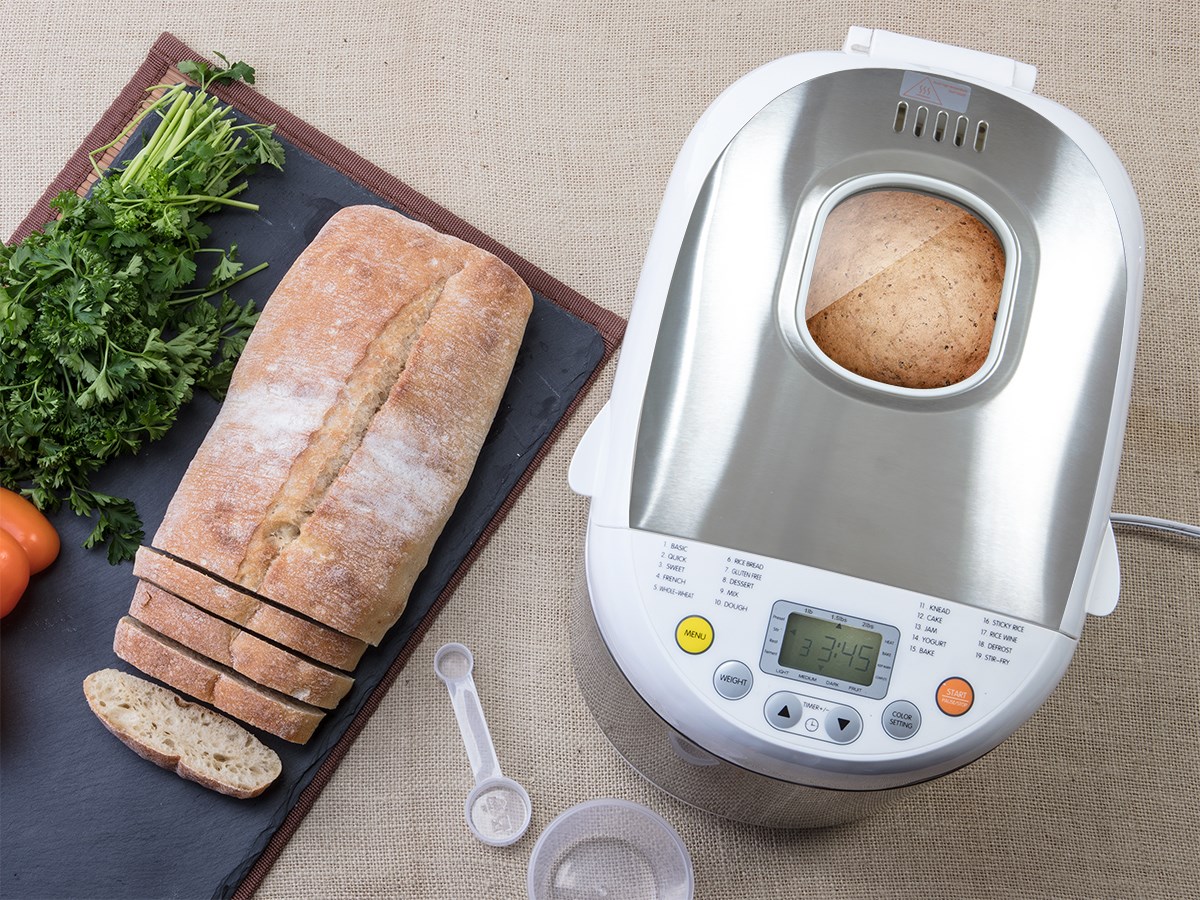

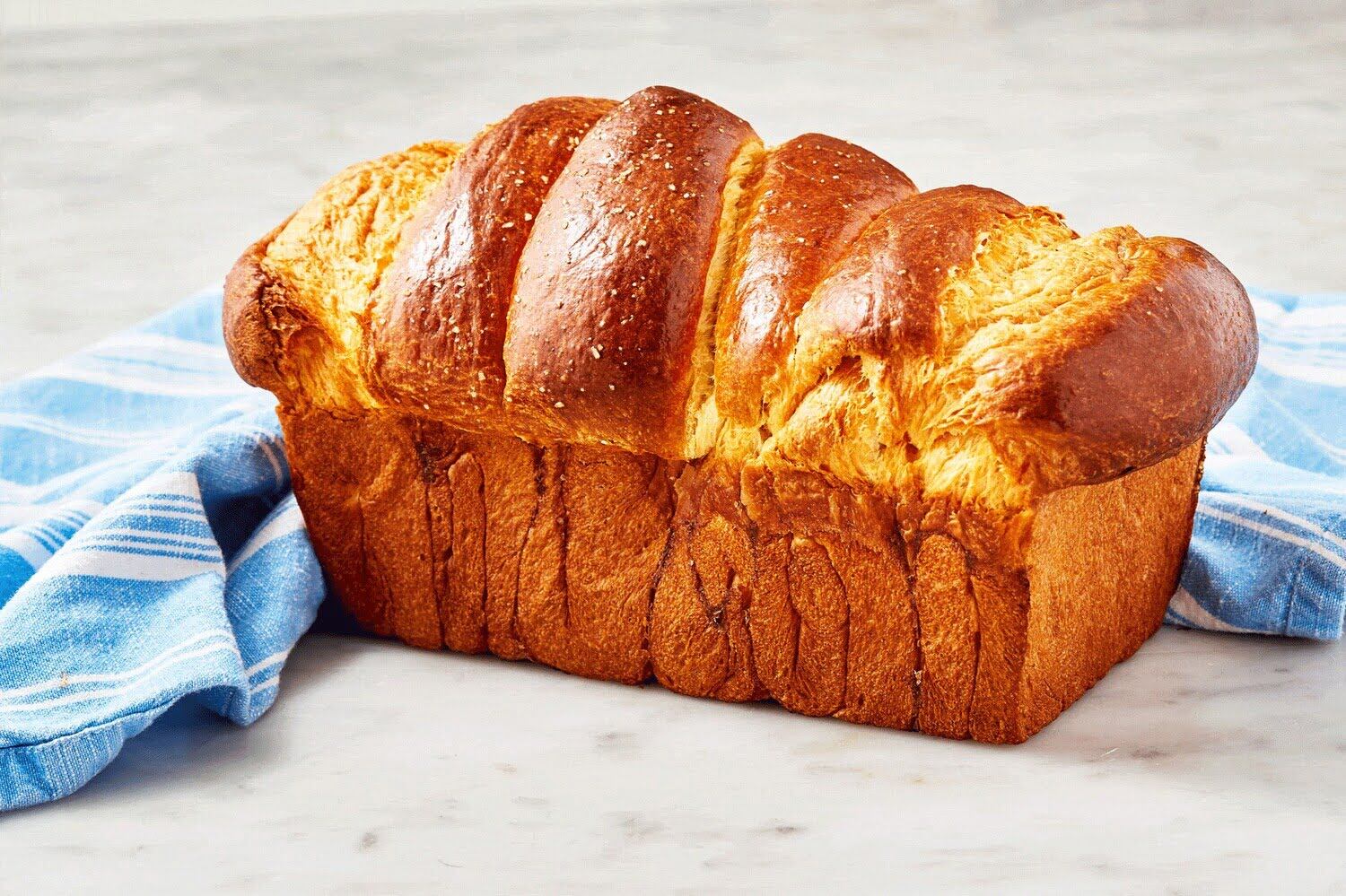
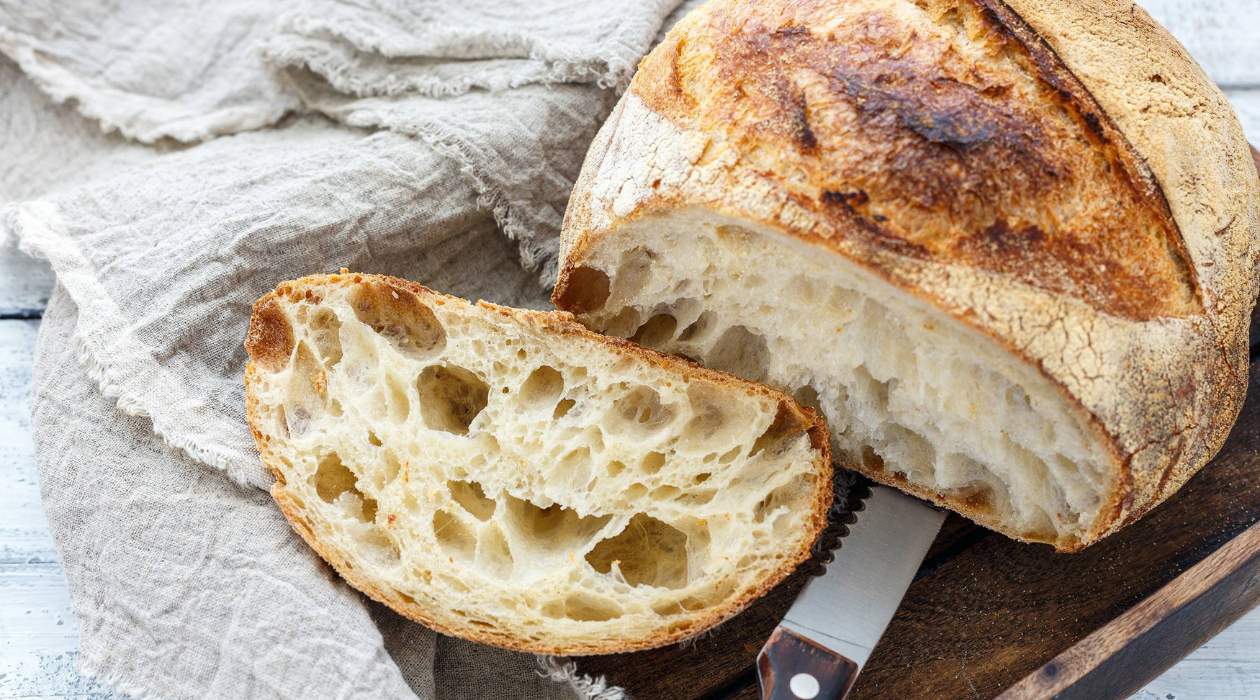


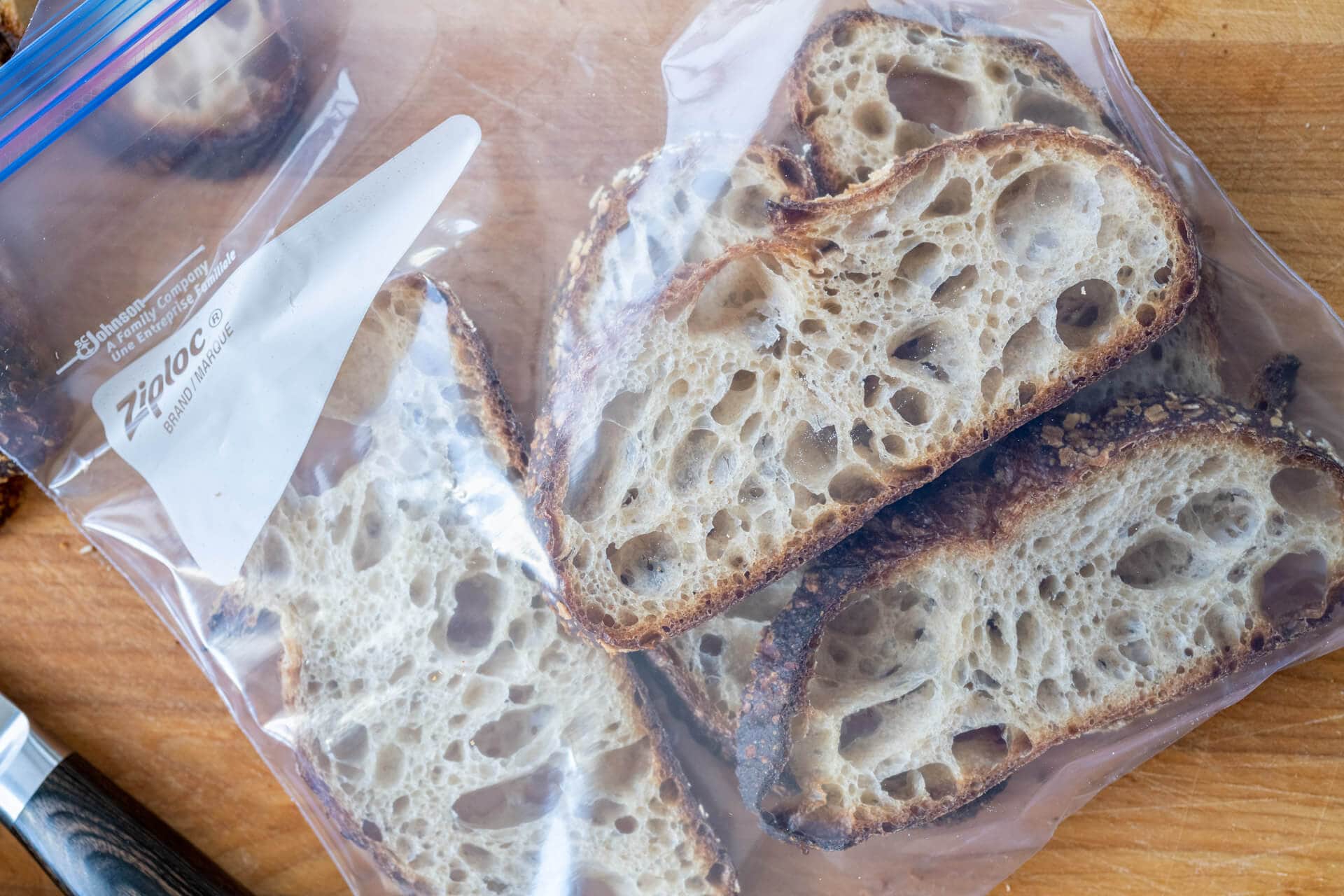





0 thoughts on “How To Store Italian Bread”